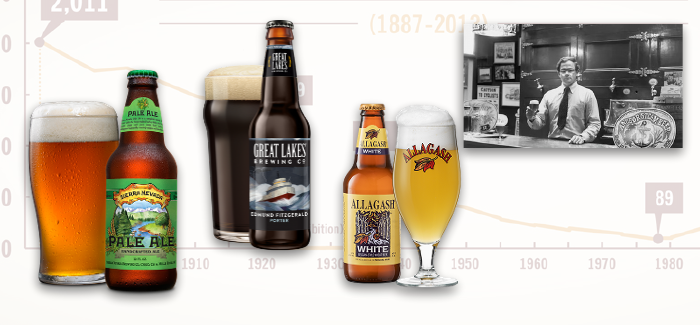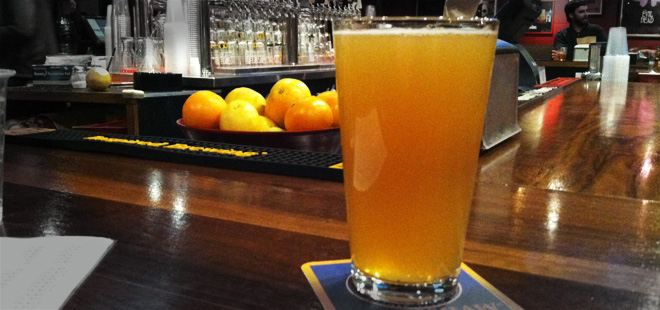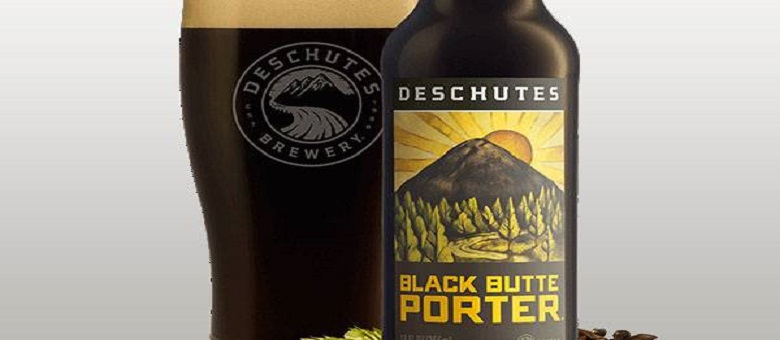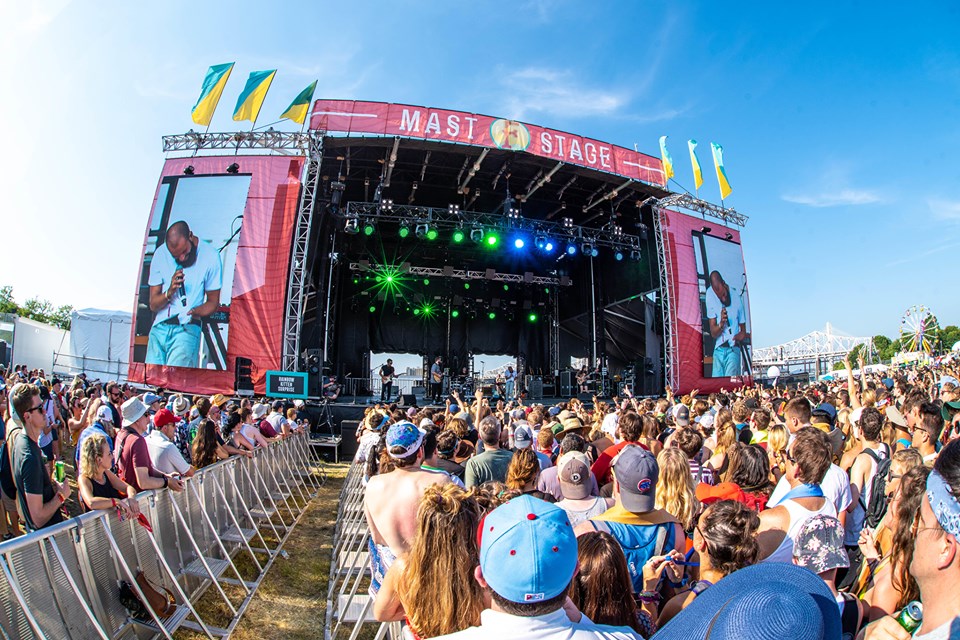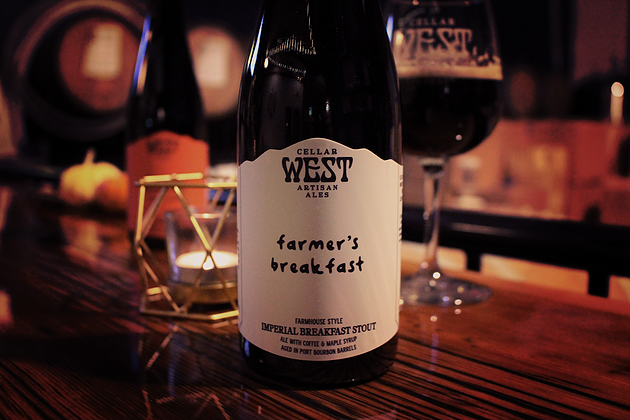We at PorchDrinking.com thoroughly enjoy covering craft beer trends and showcasing the newest beers. But, before terms like Brut, Milkshake, New England and even BBA entered the brewing-industry lexicon, beer fans were thrilled to taste Ambers, Pale Ales and some mysterious beer that may or may not have arrived from India. So, for one month, we are going to take time to remember some of those OGs of Craft Beer — the brews that made it all possible.
An OG beer showcase will publish each day for the next several weeks. It would be a daunting task to cover them all (we are discussing less than one-half of the beers on our list), but our writers selected beers near and dear to their heart, ones that were often gateway beers that lead to our love of craft. We hope you enjoy our homage to the abridged list of classics.
The OGs of Craft Beer
This list is updated daily. Check out each showcase below to discover the stories behind each of these important brews.
- Edmund Fitzgerald | Great Lakes Brewing Co.
- Spotted Cow | New Glarus Brewing
- 60 Minute IPA | Dogfish Head Craft Brewery
- Pliny the Elder | Russian River
- Dead Guy Ale | Rogue Ale & Spirits
- Fat Tire | New Belgium
- Anchor Steam | Anchor Brewing
- Amber Ale | Saint Arnold Brewing Co.
- Yeti | Great Divide Brewing Co.
- Hefeweizen | Widmer Brothers
- Furious IPA | Surly Brewing
- Pale Ale | Sierra Nevada
- #9 | Magic Hat
- Prima Pils | Victory Brewing Co.
- Racer 5 | Bear Republic Brewing Co.
- Amber | Alaskan Brewing Co.
- Oberon Ale | Bell’s Brewery
- Dale’s Pale Ale | Oskar Blues
- White | Allagash Brewing Co.
- Zombie Dust | 3 Floyds Brewing Co.
Stay tuned for more…
If you don’t know the modern craft beer story, here’s a brief historical overview.
Most trends in history are cyclical, and the public’s fascination with American craft beer is no different. Believe it or not, more than 4,000 breweries existed in the 1870s, but consolidation, and eventually Prohibition lead to a sharp decline, cutting that number to only a handful of breweries over the next decade. Though some breweries were able to survive Prohibition shifting production to root beer and sodas, the number of breweries in America would not eclipse 1000 for several decades.
By 1983, the count fell to 51 brewing conglomerates operated 80 breweries and one year later, in 1984, the number dwindled even further to a paltry 44 brewing concerns (operating a mere 83 breweries). Anheuser-Busch, Miller, Heilmann, Stroh, Coors and Pabst controlled 92% of the market.
So what did beer drinkers do? Well, for one, they turned to imports.
In fact, even before the 1980s, imported beers grew by 300%, compared to a 35% increase in domestic sales during the period of 1970 – 78.
Meanwhile, even as the American brewing scene was bottoming out, the winds of change were upon us. For instance, Fritz Maytag purchased Anchor Brewing Company in 1965 and, in 1976, The New Albion Brewery was founded in Sonoma, California.
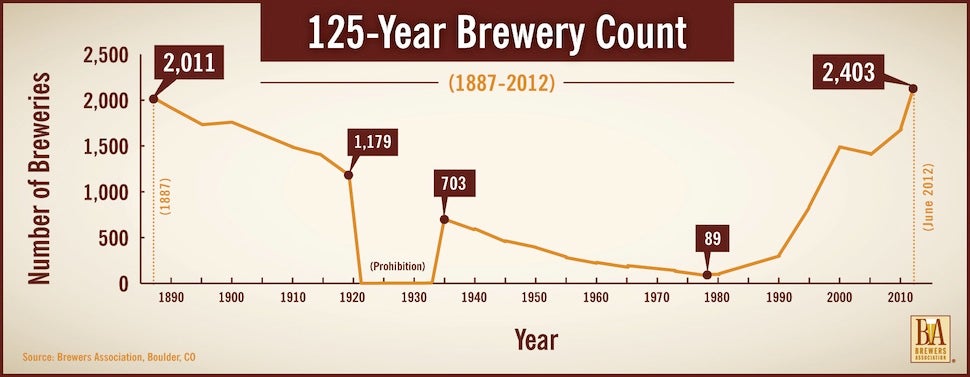
Brewers Association: Breweries 1887 – 2012
The desire for better beer also pushed Congress in 1978 to pass a law that allowed for brewing at home. Congress followed that in 1982 by removing two laws inspired by the Anti-Saloon league during Prohibition that prevented one from selling beer on its premises or simultaneously serving food — the brewpub was back.
And so was craft beer.
By 1994, only 10 years after the U.S. hit its all-time low of 83 breweries, California alone boasted of 84 breweries. And of course, in 2018, we have more than 6,500 breweries and an even greater wealth of craft beer bars, bottle shops, homebrew stores, beer festivals, etc.
But let us never forget where it all started.
So, while we can’t cover all the OGs of Craft Beer, we want to take this time in August to pay homage to several of them. If your favorite “classic” isn’t on the list; don’t fret. Let us know what you loved back in the day (or still do), and bring attention in the comments section below or via our social media channels.
Cheers from PorchDrinking.com
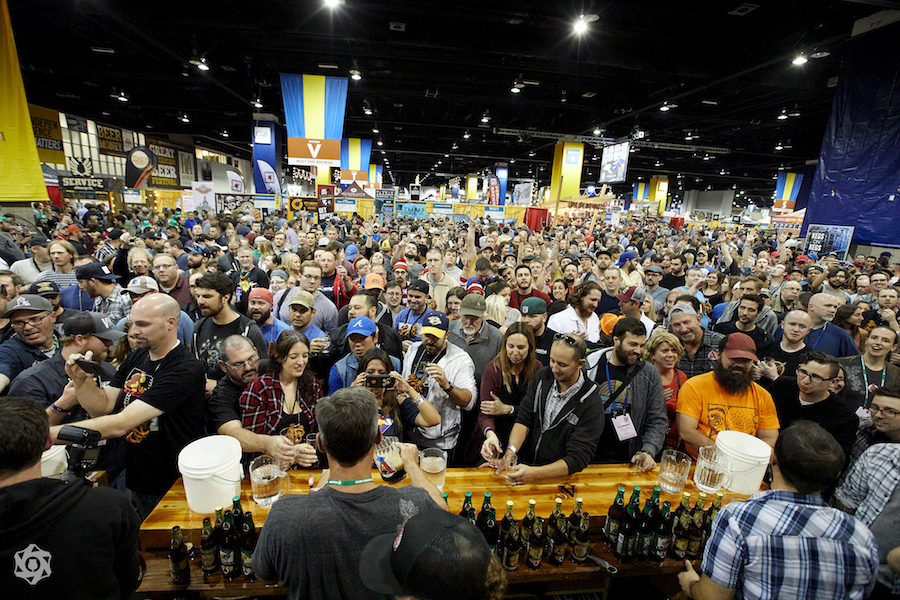
GABF: Photo by Dustin Hall, The Brewtography Project

